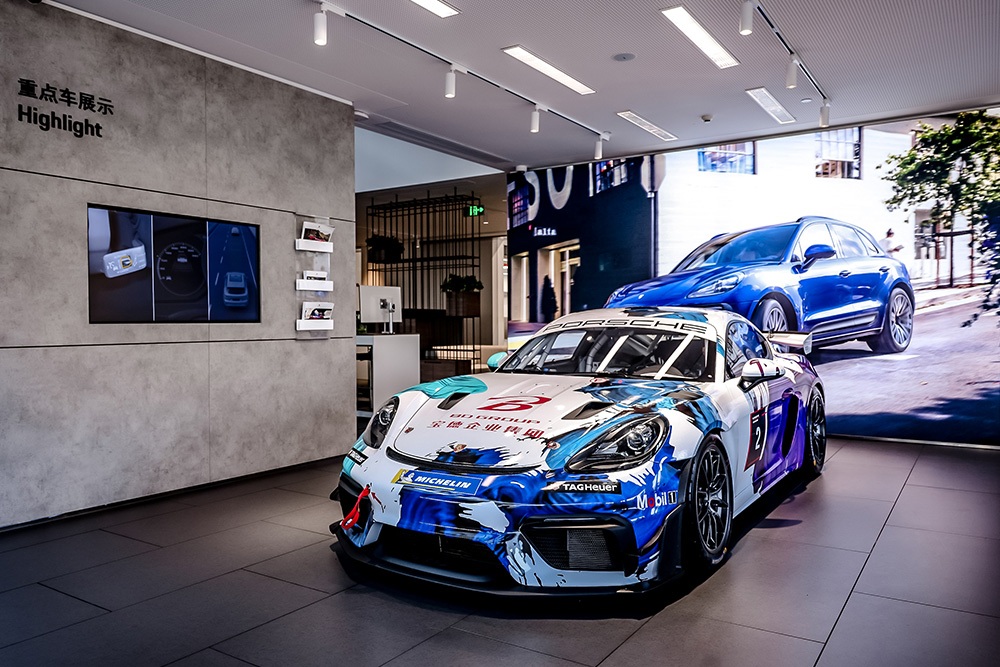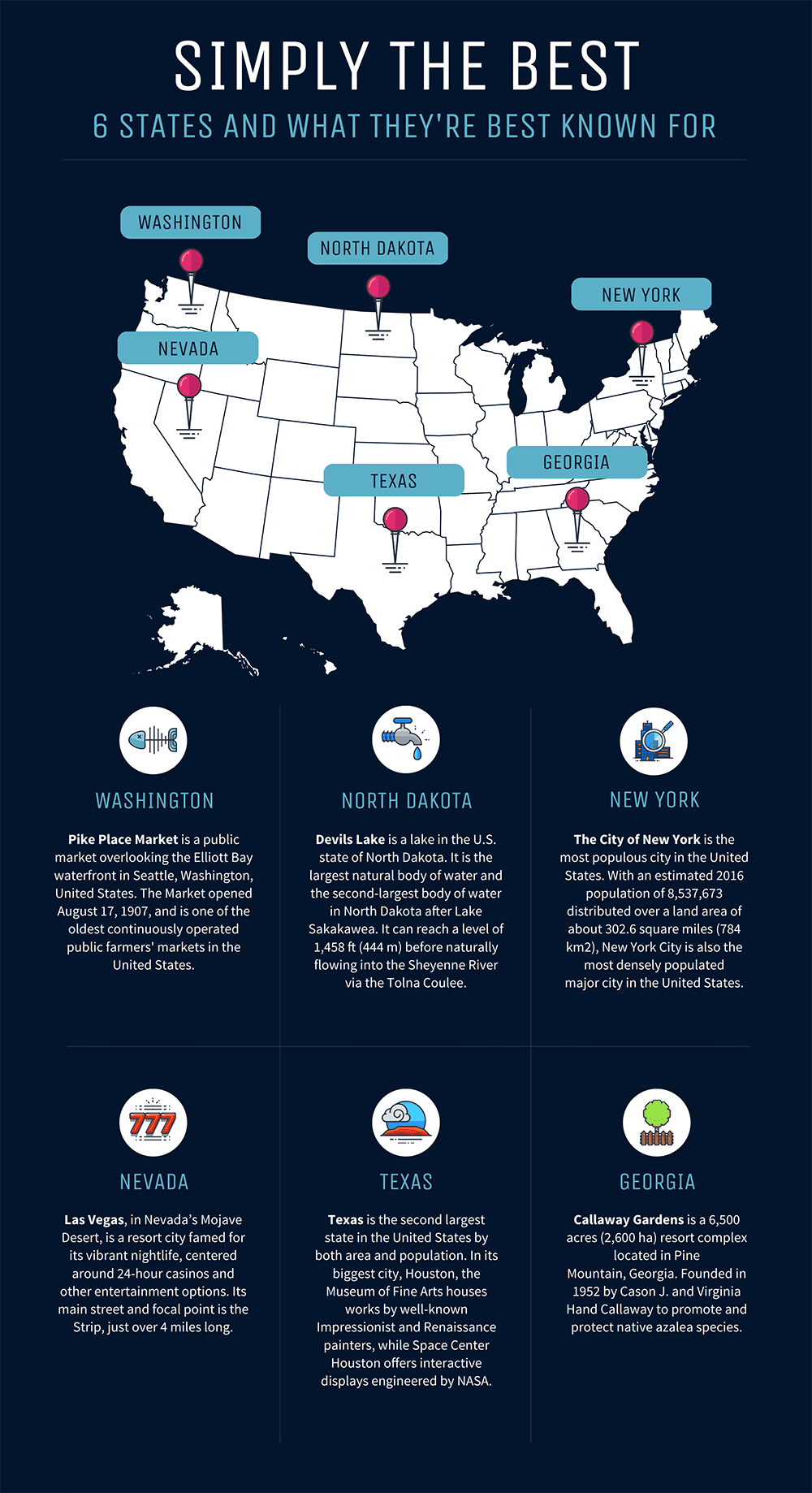BMW, Porsche, And The Complexities Of The Chinese Automotive Market

Table of Contents
The Allure and Challenges of the Chinese Luxury Car Market
The Chinese luxury car market is experiencing unprecedented growth, fueled by a rapidly expanding affluent population with a strong desire for aspirational brands. Owning a luxury vehicle signifies success and social status in China, driving intense demand. However, this lucrative segment is fiercely competitive, with both established international players and ambitious domestic brands vying for market share.
- Market Share: While precise figures fluctuate, BMW and Porsche consistently hold significant, albeit competitive, shares of the Chinese luxury car market. They face strong pressure from Audi, Mercedes-Benz, and increasingly, domestic brands like Hongqi and BYD's burgeoning luxury arm.
- Key Competitors: The competition extends beyond established German marques. The rise of domestic brands offering competitive luxury vehicles at potentially lower price points presents a significant challenge. BYD's high-end models, for example, are increasingly attracting affluent Chinese consumers.
- Pricing Strategies: Pricing strategies are crucial. While premium pricing reflects brand prestige, aggressive discounting can be necessary to compete effectively, particularly against domestic brands offering comparable features at lower prices. Understanding this delicate balance is vital.
Navigating Cultural Nuances and Consumer Preferences
Cultural context is paramount when marketing luxury cars in China. Concepts like "face" (mianzi), the importance of social standing, and brand prestige heavily influence buying decisions. Luxury car purchases are often viewed not just as personal acquisitions but as statements of success and social status.
- Digital Marketing Dominance: Reaching Chinese consumers requires a strong online presence. WeChat and Weibo, dominant social media platforms, are critical for engagement and brand building. Successful campaigns leverage these platforms creatively, using influencers and targeted advertising to connect with specific demographics.
- Successful Marketing Examples: Many luxury brands have successfully adapted their marketing strategies to resonate with Chinese consumers. This includes personalized experiences, collaborations with Chinese celebrities, and emphasizing local cultural relevance in their campaigns.
- Feature Preferences: Preferences in car features also vary. Chinese consumers often prioritize features like spaciousness, advanced technology, and fuel efficiency, reflecting different priorities compared to Western markets. Customization options are increasingly sought after.
Regulatory Landscape and Governmental Policies
The Chinese government plays a significant role in shaping the automotive market through regulations, incentives, and policies. Navigating this landscape is crucial for foreign brands.
- Stringent Regulations: Emission standards are becoming increasingly stringent, pushing manufacturers to develop and invest in cleaner vehicles. Safety regulations are also rigorous, demanding high levels of compliance. Import tariffs can significantly impact pricing.
- Government Incentives: Government incentives and subsidies often favor electric vehicles (EVs), pushing luxury manufacturers to invest heavily in electric and hybrid models to stay competitive and comply with government targets for emissions reductions.
- Localization Challenges: Establishing manufacturing facilities in China offers advantages regarding reduced import costs and quicker access to the market, but requires significant investment and navigating complex regulatory hurdles. Localization also extends to product adaptation and customization.
BMW and Porsche's Strategies in the Chinese Market: A Comparative Analysis
BMW and Porsche, while both luxury brands, employ different strategies in the Chinese market. BMW has focused on a broader approach, catering to a wider range of consumer preferences with a large and diverse model lineup. Porsche, on the other hand, maintains a more exclusive image, focusing on its iconic sports cars and a specific high-end clientele.
- Product Adaptation: Both brands have adapted their products to suit Chinese preferences. BMW offers long-wheelbase versions of certain models, catering to the emphasis on spaciousness, while Porsche emphasizes design elements and technological features highly valued by Chinese consumers.
- Dealership Networks: Both companies have established extensive dealership networks across China, providing crucial after-sales service and customer support. However, their approaches to dealership management and customer relations may differ based on their respective brand identities.
- Market Performance: While both brands enjoy significant success in China, their market performance and future prospects depend on their ability to adapt to the ever-changing market dynamics and evolving consumer demands.
Conclusion: Understanding the Dynamics of the Chinese Automotive Market for BMW, Porsche, and Beyond
The Chinese automotive market presents both immense opportunities and significant challenges for luxury brands like BMW and Porsche. Success requires a deep understanding of cultural nuances, a robust approach to navigating complex regulatory frameworks, and a keen awareness of evolving consumer preferences. By studying the strategies employed by successful brands, aspiring entrants can gain valuable insights into navigating this dynamic landscape. Further research into the Chinese auto market analysis, the luxury car market in China, and successfully navigating the Chinese automotive landscape is crucial for anyone looking to compete in this vibrant and demanding market. Understanding these dynamics is key to unlocking the potential of this lucrative market.

Featured Posts
-
 The Countrys Top New Business Locations A Geographic Analysis
Apr 22, 2025
The Countrys Top New Business Locations A Geographic Analysis
Apr 22, 2025 -
 Double Trouble In Hollywood The Combined Writers And Actors Strike And Its Consequences
Apr 22, 2025
Double Trouble In Hollywood The Combined Writers And Actors Strike And Its Consequences
Apr 22, 2025 -
 Saudi Aramco And Byd A New Ev Technology Partnership
Apr 22, 2025
Saudi Aramco And Byd A New Ev Technology Partnership
Apr 22, 2025 -
 Investing In Middle Management A Strategic Move For Business Growth And Employee Retention
Apr 22, 2025
Investing In Middle Management A Strategic Move For Business Growth And Employee Retention
Apr 22, 2025 -
 Millions Made From Office365 Hacks Federal Charges Filed
Apr 22, 2025
Millions Made From Office365 Hacks Federal Charges Filed
Apr 22, 2025
